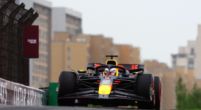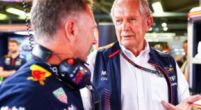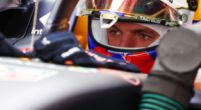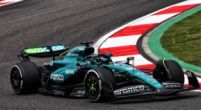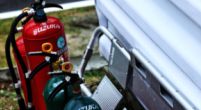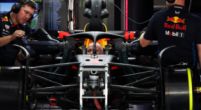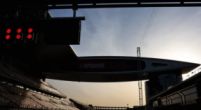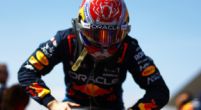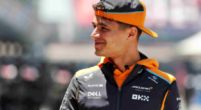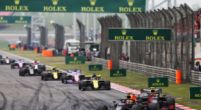F1 News
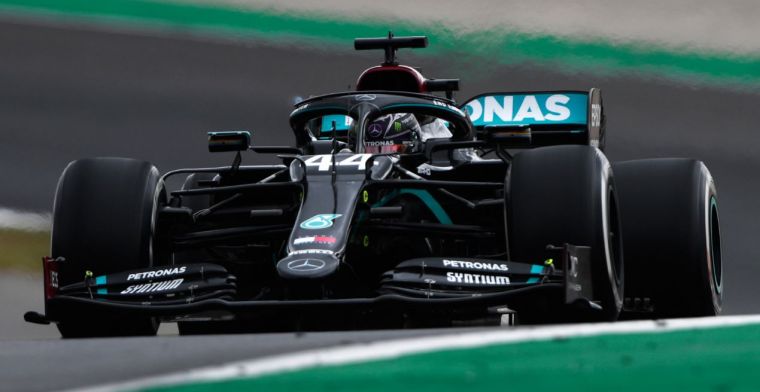
Poor start Mercedes in Portugal explained: 'Came because of several factors'
Mercedes were P1 and P2 at the start of the Portuguese Grand Prix, but other cars were faster, so Carlos Sainz led the race in the early stages. It was an exciting opening phase, but at the same time it was crazy to see Mercedes being overtaken. But there's a logical explanation for that, which James Allison discusses in detail in the debrief.
Discharged positions
"We occupied the front row, but we didn’t keep those positions very long. With both our cars suffering to find grip in those early corners and in fact Lewis was suffering worse than Valtteri and losing initially his lead to Valtteri and then being swarmed all over by a McLaren as well," describes Allison for the first few laps of the race.
All this is due to cold tyres, where the medium tyre heats up less quickly than the soft tyre. "It was a result of probably several factors building up to produce the situation where a car that had been decently on pole was suddenly then being bothered on all sides by folk from behind. All of it had its root in the fact that our tyres were to cold."
"We were running the medium tyre, we qualified on the medium tyre and we chose to qualify on the medium tyre because we were pretty confident it would give us the best performance over the race as a whole. We were worried that the soft tyre would give a difficult time in the first stint," but the opposite turned out to be the case.
Warming up takes a long time
"The downside of going with that medium tyre is it going to be harder to make it wake up and work nicely when the track is cold," explains Allison. However, the other teams used the soft tyre, giving them more immediate grip.
Allison also said there was rain before the race, making the track even colder than initially anticipated, which was reflected in the amount of grip. Finally, pole position also has a downside, as it's those cars that have been stationary the longest after the warm-up lap. And that brings Allison to the conclusion that there are three 'causes'.
Allison: "So, we’re on the medium rubber which gives us a disadvantage straight away in this cold wettish weather and then behind us we have cars that are still warmer because they’ve been standing still for less time." All in all, that made for a 'bad' start, but once the grip was in, both Mercedes drivers were able to take the lead again.

